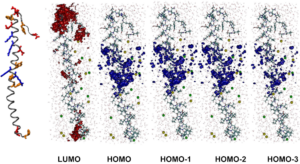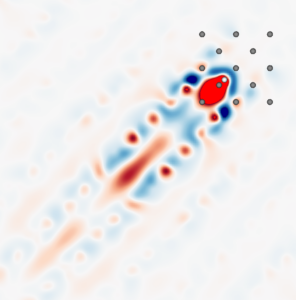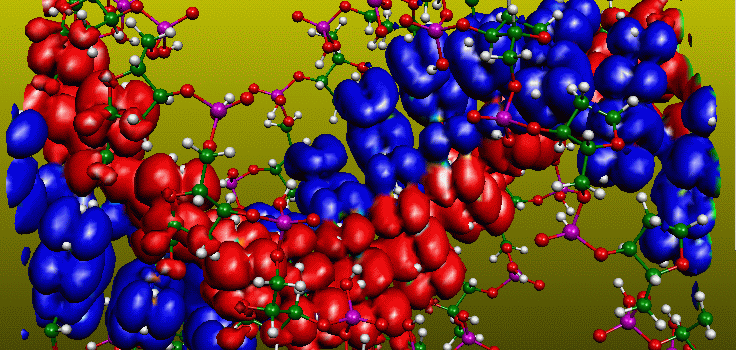Lecturer: Prof. Emilio Artacho
This course covers the fundamentals and main approximations of DFT ( Density Functional Theory Calculations)-based electronic structure. Practicals will be based on SIESTA, ONETEP, and CASTEP.
Students should leave the course knowing:
- how to run DFT calculations from a pre-existing programme
- how to converge the results with respect to technical parameters
- the capabilities and limitations of the methods, addressing the different approximations separately.
Students who have not covered the necessary background for this course in their previous studies may wish to attend Professor Artacho’s Foundation Course in QM.

Lectures:
- Many particle problem. Born Oppenheimer, Independent particles.
- Indistinguishable particles, Spin, Pauli, Aufbau;
- Hartree, SCF, double counting, Hartree-Fock, exchange, correlation.
- Correlation: CI & QC direction. Complexity exponential wall (Kohn RMP & Phys Today).
- DFT: Intro; definition of density; local potential; Hohenberg-Kohn and Levy construction (Jones-Gunnarson).
- Kohn-Sham. LDA, Ceperly Alder; GGAs. Bands. Band-gap problem.
- Forces, stress. -> MD & Relaxations. Hellman-Feynman. Variable cell.
- Pseudos; atom: generate C pseudo.
- Bases; generate basis and plot.
- PBC: cells & supercells. Practical calculations. Accuracies, limits (highly correlated, dispersion interactions).

Practical sessions
This module offers six practical sessions:
1. Electronic structure on paper: Tight-binding models
2. DFT Fundamentals – with SIESTA. Band structures – DIamond and Aluminium
3. Further DFT with SIESTA: Convergence, Comparison of different XC functionals, Structural relaxation
4. DFT with plane-waves – CASTEP
5. Further properties with CASTEP
6. Towards large scale computations with ONETEP
Picture credits:
- Electronic structure of DNA (top image) – Emilio Artacho
- Electronic structure of pilin protein – Gustavo Troiano Feliciano
- High-energy proton traversing diamond – Jessica Halliday

